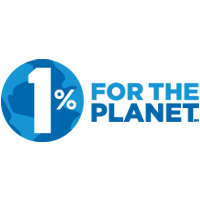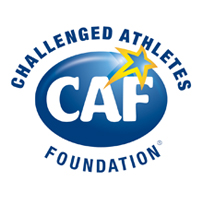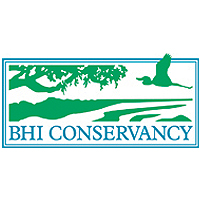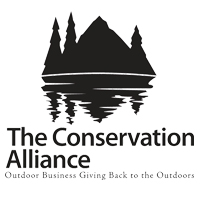Common Sense Solutions to Common Foot Problems
- Conditioning – A large part of finishing with good feet is to do your conditioning. Put the miles in that build strong and tough feet.
- Fit – Another component of finishing well is to wear shoes that fit well, with plenty of toe room.
- Calluses – Blisters under thick calluses are very hard to drain and patch. Use salves, creams, lotions, and files to smooth and thin calluses.
- Cramping – Watch for cramping when changing shoes or socks and twisting your feet and legs. Have your crew or aid station person help you.
- Changing shoes and socks – Use a shoehorn to avoid pressure on your heels–sore heels and blisters can be made worse by pushing and twisting your foot into a tight shoe. Put one in each drop bag with shoe or sock changes.
- Changing shoes – If you have a change of shoes but your current shoes are OK, stick with them.
- Socks – Choose moisture-wicking socks and change them when they get full of grit and dirt. Five-toe socks by Injinji are the best for performance and for preventing blisters.
- Lubricants – If you lube your feet, wipe the dirty grit off when changing socks and reapply more lube.
- Lube or powder – Some feet will get soft and blister more with a lube, so try a powder like Zeasorb. Your feet will stay cleaner too.
- Hot spots – When you feel a hot spot, stop and take care of it before it becomes a blister.
- Blisters – Fix blisters before they get bigger. Any larger than 1/2 inch should be drained and covered.
- Making holes in blisters – Use a scissors to cut a V notch in a blister at the point where pressure will push fluid out. Cutting a hole at the forward part of a blister risks tearing the skin off the top.
- Cleaning the skin – Use an alcohol wipe to get oil and lube off your skin before taping over a blister–otherwise it will not stick.
- Rocks – When you feel a stone in your shoe, stop and remove it before it becomes a bigger problem.
- Toenails – Trim your toenails straight across and file them smooth. Rough edges will catch on your socks and help cause black toenails and toe blisters, especially on downhills.
- Foot Care Kit – Make a foot care kit for your crew and make sure they know how you want your feet managed. (Do not assume that someone else will have someone to fix your feet or the stuff you have found works best on your feet. Bring your own.)
- Hydration and Blisters – Stay hydrated to reduce the swelling in your extremities and reduce the chance of blisters.
- Shoelaces – Check your laces before race day and replace any that are worn — don’t take a chance on a broken lace.
- Shoes – If your shoes are worn and ready to be tossed, toss them and get a new pair with time to get your feet accustomed to them.
- Post race foot care – After finishing, shower and wash your feet before fixing and problem areas on your feet.
- Post race blisters – If you have blisters that are not bothering you after the race, leave them and they will go away by themselves.
- Post race foot soak – After arriving home, if you have blisters, soak your feet in Epson Salts in warm water several times a day. This dries out the blisters.
Buy the Book “Fixing Your Feet”
The book Fixing Your Feet: Prevention and Treatments for Athletes has become the bible of foot care for those serious about foot care. This book has been used by thousands of runners, adventure racers, hikers, and other extreme sports participants. The second edition was released in March 2000 and is 312 pages in length. With expansive prevention and treatment sections on almost every foot care issue you will ever need, this is the one book you need to fix your feet. For information on the book and how it can be ordered, click here.
For another informative article on foot care prior to the race, click Getting Your Feet to the Starting Line
JOHN VONHOF, FOOT GURU:Ultra runners, adventure racers, triathletes, and especially Badwater Runners should know the life, work, and insights which John Vonhof has to share on the subject of feet, shoes, and foot care. He’s literally written the book on the subject, “Fixing Your Feet.” John has also been an important member of the Badwater Race Staff in recent years and I’m sure that many runners can give thanks to John for allowing them to finish the race when their feet had other ideas in mind. John also maintains a very informative blog which all athletes should consult regularly.










